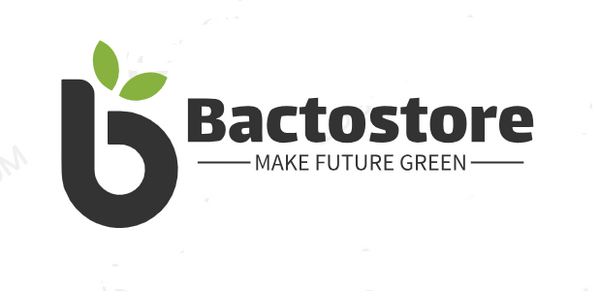Bactostore
Bacillus Thurigenesis Liquid Biofertilizer
Bacillus Thurigenesis Liquid Biofertilizer
Couldn't load pickup availability
Bacillus thuringiensis (Bt) is a gram-positive, soil-dwelling bacterium used as a targeted bio-insecticide. It produces crystal toxins (Cry proteins) that destroy the gut lining of susceptible insects upon ingestion. Formulated at 2 × 10⁸ CFU/ml in liquid formula offers species-specific pest control with minimal environmental impact.
Product Specifications
-
CFU: 2 × 10⁸ CFU/ml,
-
Active Content: Spores and δ-endotoxins (Cry proteins) of Bacillus thuringiensis
-
Carrier: Dextrose powder (enhances adhesion to foliage)
Usage Instructions
-
Dosage: 2 litres per acre, mixed in 200 L water.
-
Timing: Apply at early larval stages; avoid intense sunlight (spray dawn/dusk).
-
Target Pests:
-
Lepidoptera: Helicoverpa armigera (cotton bollworm), Plutella xylostella (diamondback moth), Spodoptera litura (tobacco cutworm)
-
Diptera: Aedes aegypti (yellow fever mosquito), Culex quinquefasciatus (house mosquito)
-
Coleoptera: Leptinotarsa decemlineata (Colorado potato beetle)
-
-
Method: Spray uniformly on foliage; ensure pest ingestion.
-
Frequency: Reapply every 7–10 days during outbreaks or after rain.
-
Compatibility: Do not mix with broad-spectrum chemical insecticides; compatible with neem oil.
-
Activation: Requires alkaline gut pH (≥9.5) in target pests for toxin activation.
-
Safety: Non-toxic to plants, mammals, birds, and beneficial insects (Apis mellifera, Coccinella septempunctata).
Suitable Crops
-
Vegetables: Cabbage, tomato, cauliflower, broccoli (vs. Plutella xylostella)
-
Field Crops: Cotton (vs. Helicoverpa armigera), maize (vs. Ostrinia nubilalis), soybean
-
Fruits: Apple (vs. Cydia pomonella), grapes (vs. Lobesia botrana)
-
Others: Forest trees (vs. Lymantria dispar), stored grains (vs. Ephestia kuehniella)
Storage Instructions
-
Temperature: 4–25°C (avoid >30°C; refrigeration optimal).
-
Packaging: CAN
-
Shelf Life: 8 months from manufacture.
-
Precautions: Store away from alkalis/bleaches; avoid moisture exposure.
Key Advantage
Order-Specific Toxicity:
Kills pesticide-resistant Lepidoptera (e.g., Tuta absoluta) and Diptera larvae (e.g., Anopheles stephensi) without harming parasitoids (Trichogramma spp.) or pollinators.
Share


